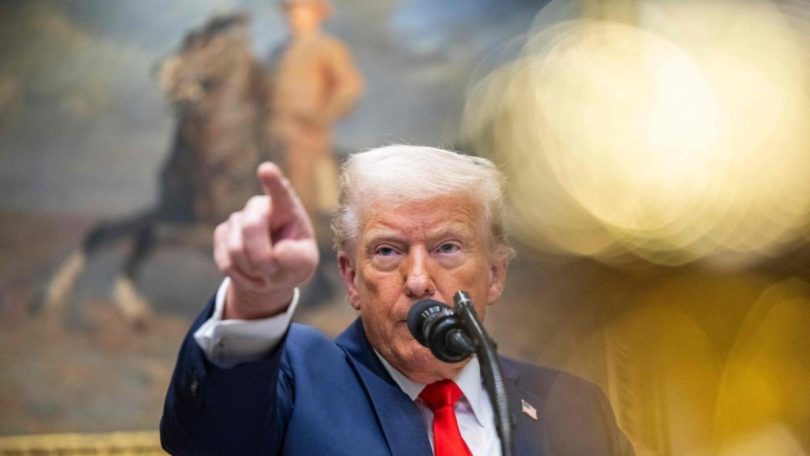Washington: US President Donald Trump’s latest travel ban, which took effect on June 9, 2025, restricts entry from 12 countries and imposes stringent visa limits on seven others, reigniting concerns over the global travel landscape. In a direct statement accompanying the proclamation, Trump said the measures were essential to protect the nation after citing a recent Colorado terrorist attack.
“The recent terror attack in Boulder underscores the extreme dangers posed by the entry of foreign nationals who are not properly vetted. We don’t want them,” Trump said.
What the Ban Covers
•Full bans now apply to citizens of: Afghanistan, Myanmar, Chad, the Republic of the Congo, Equatorial Guinea, Eritrea, Haiti, Iran, Libya, Somalia, Sudan, and Yemen
•Partial bans affect nationals from Burundi, Cuba, Laos, Sierra Leone, Togo, Turkmenistan, and Venezuela, limiting tourist, student, and exchange visas
•Exemptions are in place for US green-card holders, diplomats, refugees, immediate family of U.S. citizens, and select cases deemed ‘national interest,’ such as athletes
Visas already issued before June 9 remain valid, and travelers already inside the U.S. are unaffected
Global Travel Impacts:
Although travellers from the 12 fully banned nations represented only about 0.3 per cent of last year’s inbound travel, and 1% including the seven partial-ban countries, the symbolic impact of these measures looms large
However, analysts warn of broader consequences:
•International advisories: Nations like the UK, Canada, Germany, Denmark, and Finland have updated travel guidance warning of stricter enforcement and detentions at US borders, particularly around gender, identity documentation, and visa verification
•Market reaction: Falls in travel demand have already been reported. Travel from major destinations like Germany, Spain, and Australia dropped between 7 per cent and 30 per cent, prompting airlines like Air France KLM and Lufthansa to scale back U.S. plans
•Economic downturn: The World Travel & Tourism Council projects that the ban and other Trump-era policies could cost the US tourism industry up to $12.5 billion in 2025. Overall inbound visits may fall by about 10%, with a projected 15% decline in arrivals
While the ban mirrors Trump’s earlier executive orders, it appears more carefully crafted to withstand legal scrutiny, especially by focusing on visa issuance processes rather than blanket immigration rules. Yet, humanitarian groups argue it disrupts families and punishes nations already facing crises.
For travellers and businesses alike, the message is clear: stricter screening, more uncertainty, and a looming threat of further policy escalation, as Trump hinted the list could expand.
Implications for Indian Travel Markets:
•Visa itinerary caution: Indians traveling on multi-leg itineraries may face unexpected delays or scrutiny in transit hubs, particularly via US land-border points.
•Educational and business exchanges: Institutions and companies tied to affected countries must reassess relocation and recruitment strategies due to rising visa barriers.
•Perception backlash: Growing international resistance manifested through official travel advisories could shift Indian travellers’ destination preferences away from the U.S.
Conclusion:
Trump’s renewed travel ban goes beyond policy; it sends a geopolitical signal that may reshape global travel flows, tourism economics, and immigration mechanisms. While the actual volume of impacted travellers is small, the broader ripple effects in perception, policy, and economics suggest a need for strategic reassessment by global travel stakeholders, airlines, universities, and immigration-dependent businesses.










